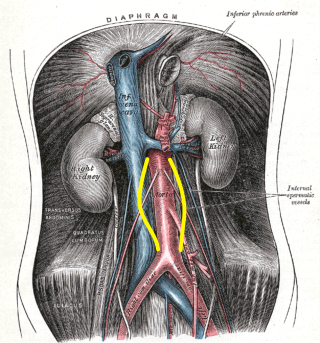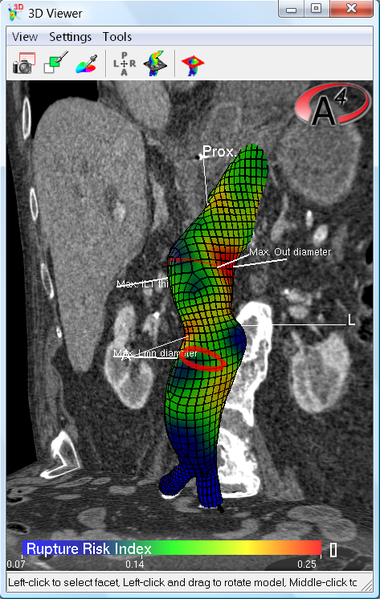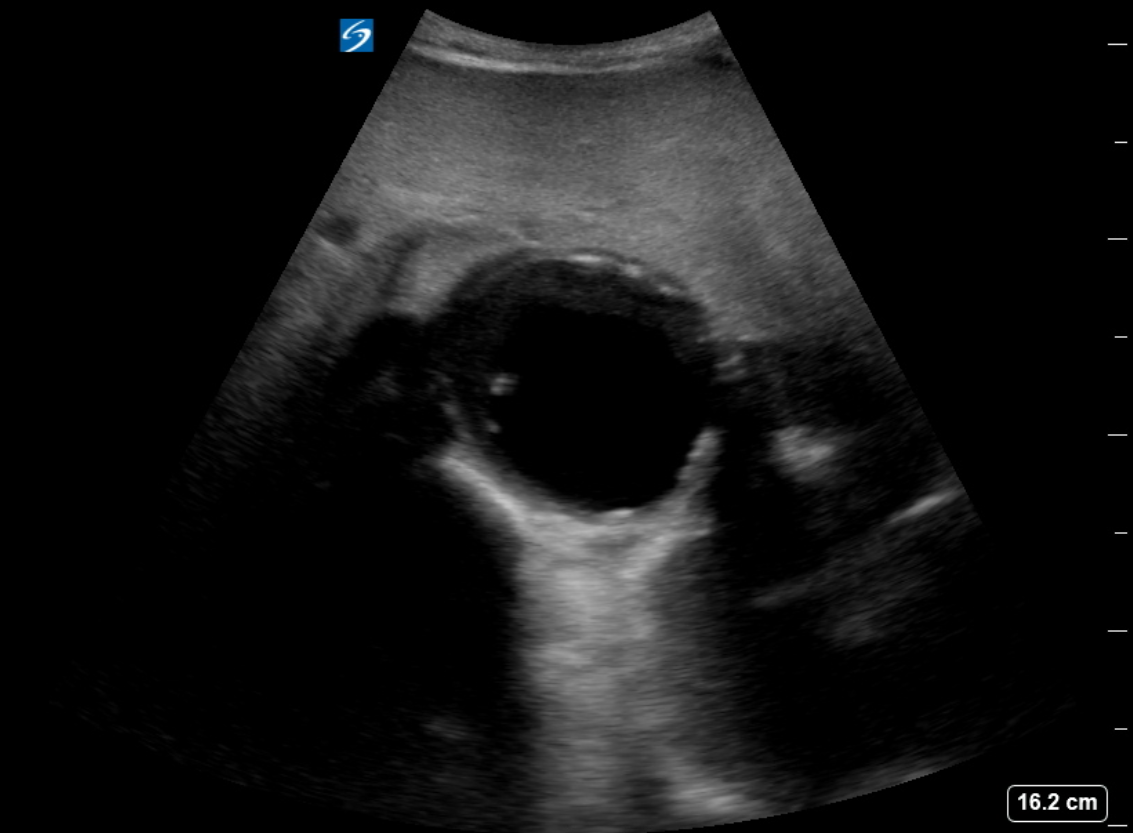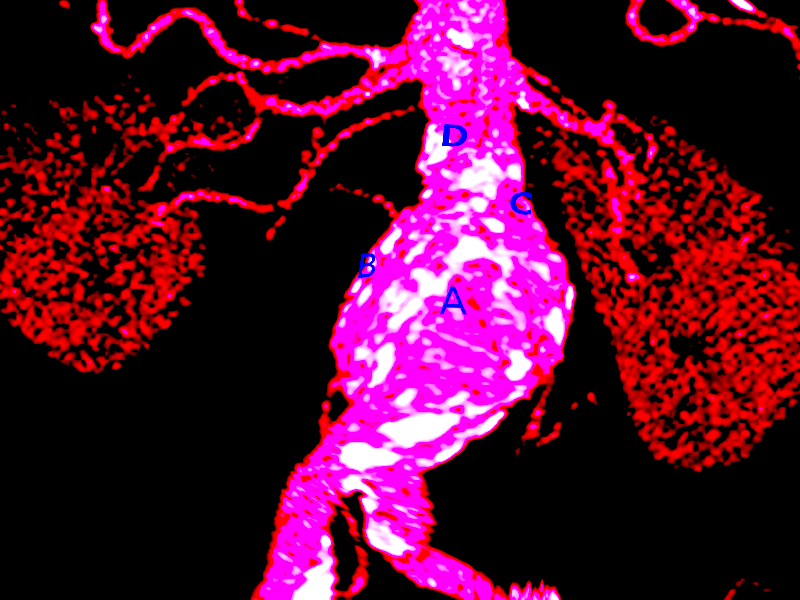[1]
Hirsch AT, Haskal ZJ, Hertzer NR, Bakal CW, Creager MA, Halperin JL, Hiratzka LF, Murphy WR, Olin JW, Puschett JB, Rosenfield KA, Sacks D, Stanley JC, Taylor LM Jr, White CJ, White J, White RA, Antman EM, Smith SC Jr, Adams CD, Anderson JL, Faxon DP, Fuster V, Gibbons RJ, Hunt SA, Jacobs AK, Nishimura R, Ornato JP, Page RL, Riegel B, American Association for Vascular Surgery, Society for Vascular Surgery, Society for Cardiovascular Angiography and Interventions, Society for Vascular Medicine and Biology, Society of Interventional Radiology, ACC/AHA Task Force on Practice Guidelines Writing Committee to Develop Guidelines for the Management of Patients With Peripheral Arterial Disease, American Association of Cardiovascular and Pulmonary Rehabilitation, National Heart, Lung, and Blood Institute, Society for Vascular Nursing, TransAtlantic Inter-Society Consensus, Vascular Disease Foundation. ACC/AHA 2005 Practice Guidelines for the management of patients with peripheral arterial disease (lower extremity, renal, mesenteric, and abdominal aortic): a collaborative report from the American Association for Vascular Surgery/Society for Vascular Surgery, Society for Cardiovascular Angiography and Interventions, Society for Vascular Medicine and Biology, Society of Interventional Radiology, and the ACC/AHA Task Force on Practice Guidelines (Writing Committee to Develop Guidelines for the Management of Patients With Peripheral Arterial Disease): endorsed by the American Association of Cardiovascular and Pulmonary Rehabilitation; National Heart, Lung, and Blood Institute; Society for Vascular Nursing; TransAtlantic Inter-Society Consensus; and Vascular Disease Foundation. Circulation. 2006 Mar 21:113(11):e463-654
[PubMed PMID: 16549646]
Level 3 (low-level) evidence
[2]
Rouet L, Dufour C, Collet Billon A, Bredahl K. CT and 3D-ultrasound registration for spatial comparison of post-EVAR abdominal aortic aneurysm measurements: A cross-sectional study. Computerized medical imaging and graphics : the official journal of the Computerized Medical Imaging Society. 2019 Apr:73():49-59. doi: 10.1016/j.compmedimag.2019.02.004. Epub 2019 Mar 2
[PubMed PMID: 30889540]
Level 2 (mid-level) evidence
[3]
Cebull HL, Soepriatna AH, Boyle JJ, Rothenberger SM, Goergen CJ. Strain Mapping From Four-Dimensional Ultrasound Reveals Complex Remodeling in Dissecting Murine Abdominal Aortic Aneurysms. Journal of biomechanical engineering. 2019 Jun 1:141(6):. pii: 060907. doi: 10.1115/1.4043075. Epub
[PubMed PMID: 30840030]
[4]
Zagrapan B, Eilenberg W, Prausmueller S, Nawrozi P, Muench K, Hetzer S, Elleder V, Rajic R, Juster F, Martelanz L, Hayden H, Klopf J, Inan C, Teubenbacher P, Weigl MP, Kirchweger P, Beitzke D, Jilma B, Wojta J, Bailey MA, Scott DJA, Huk I, Neumayer C, Brostjan C. A Novel Diagnostic and Prognostic Score for Abdominal Aortic Aneurysms Based on D-Dimer and a Comprehensive Analysis of Myeloid Cell Parameters. Thrombosis and haemostasis. 2019 May:119(5):807-820. doi: 10.1055/s-0039-1679939. Epub 2019 Mar 1
[PubMed PMID: 30822810]
[5]
Kazimierczak W, Serafin Z, Kazimierczak N, Ratajczak P, Leszczyński W, Bryl Ł, Lemanowicz A. Contemporary imaging methods for the follow-up after endovascular abdominal aneurysm repair: a review. Wideochirurgia i inne techniki maloinwazyjne = Videosurgery and other miniinvasive techniques. 2019 Jan:14(1):1-11. doi: 10.5114/wiitm.2018.78973. Epub 2018 Oct 15
[PubMed PMID: 30766622]
[6]
Drelich-Zbroja A, Sojka M, Kuczyńska M, Światłowski Ł, Kuklik E, Sobstyl J, Pyra K, Wolski A, Czekajska-Chehab E, Pech M, Powerski M, Jargiełło T. Diagnostic imaging in patients after endovascular aortic aneurysm repair with special focus on ultrasound contrast agents. Polish archives of internal medicine. 2018 Dec 29:129(2):80-87. doi: 10.20452/pamw.4409. Epub 2018 Dec 29
[PubMed PMID: 30600308]
[7]
Brazzelli M, Hernández R, Sharma P, Robertson C, Shimonovich M, MacLennan G, Fraser C, Jamieson R, Vallabhaneni SR. Contrast-enhanced ultrasound and/or colour duplex ultrasound for surveillance after endovascular abdominal aortic aneurysm repair: a systematic review and economic evaluation. Health technology assessment (Winchester, England). 2018 Dec:22(72):1-220. doi: 10.3310/hta22720. Epub
[PubMed PMID: 30543179]
Level 1 (high-level) evidence
[8]
Golledge J. Abdominal aortic aneurysm: update on pathogenesis and medical treatments. Nature reviews. Cardiology. 2019 Apr:16(4):225-242. doi: 10.1038/s41569-018-0114-9. Epub
[PubMed PMID: 30443031]
[9]
Sachsamanis G, Charisis N, Maltezos K, Galyfos G, Papapetrou A, Tsiliggiris V, Kantounakis I, Tzilalis V. Management and therapeutic options for abdominal aortic aneurysm coexistent with horseshoe kidney. Journal of vascular surgery. 2019 Apr:69(4):1257-1267. doi: 10.1016/j.jvs.2018.10.009. Epub 2018 Dec 24
[PubMed PMID: 30591298]
[10]
Sakalihasan N, Michel JB, Katsargyris A, Kuivaniemi H, Defraigne JO, Nchimi A, Powell JT, Yoshimura K, Hultgren R. Abdominal aortic aneurysms. Nature reviews. Disease primers. 2018 Oct 18:4(1):34. doi: 10.1038/s41572-018-0030-7. Epub 2018 Oct 18
[PubMed PMID: 30337540]
[11]
Thompson SG, Bown MJ, Glover MJ, Jones E, Masconi KL, Michaels JA, Powell JT, Ulug P, Sweeting MJ. Screening women aged 65 years or over for abdominal aortic aneurysm: a modelling study and health economic evaluation. Health technology assessment (Winchester, England). 2018 Aug:22(43):1-142. doi: 10.3310/hta22430. Epub
[PubMed PMID: 30132754]




